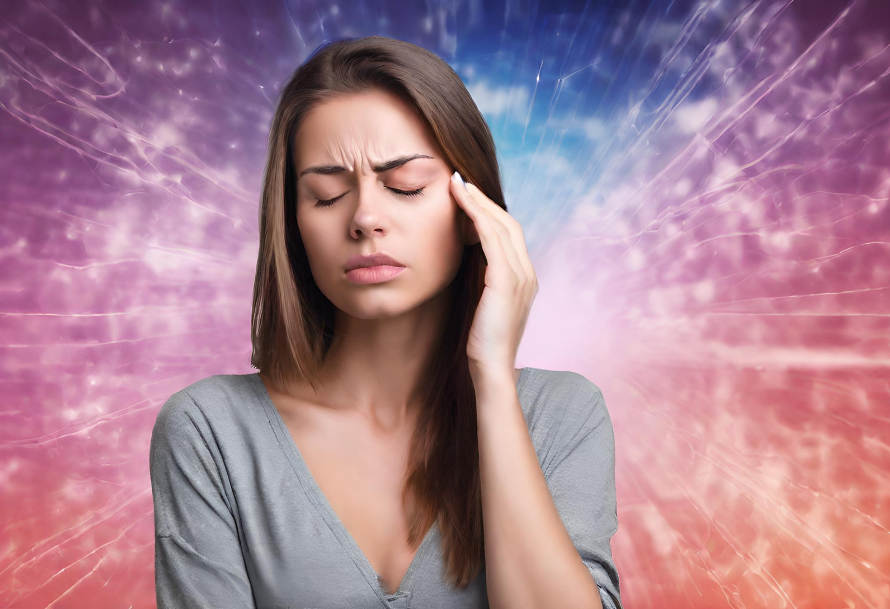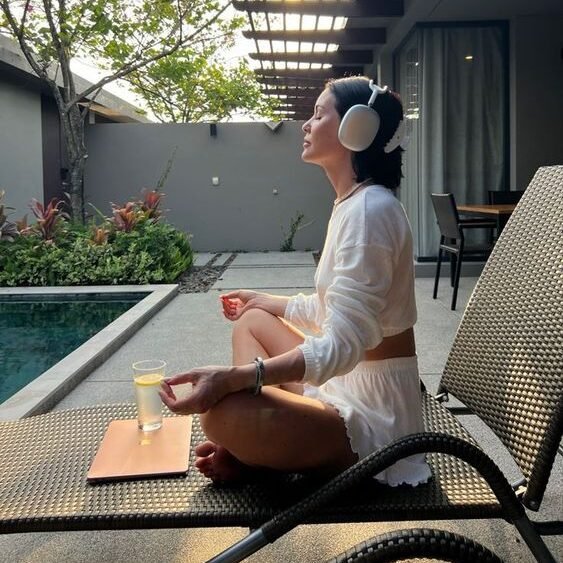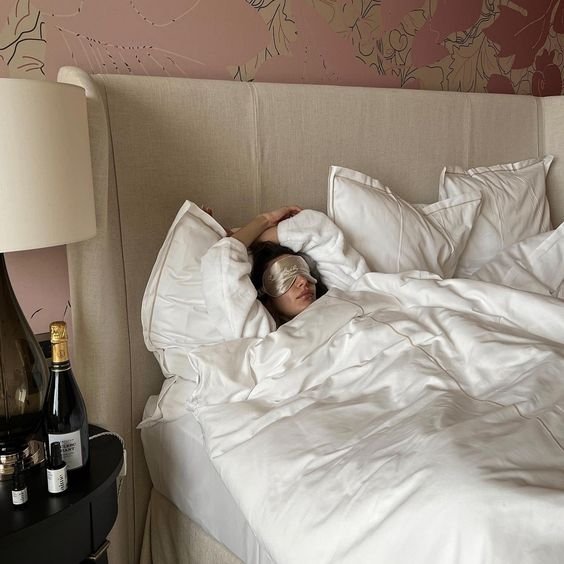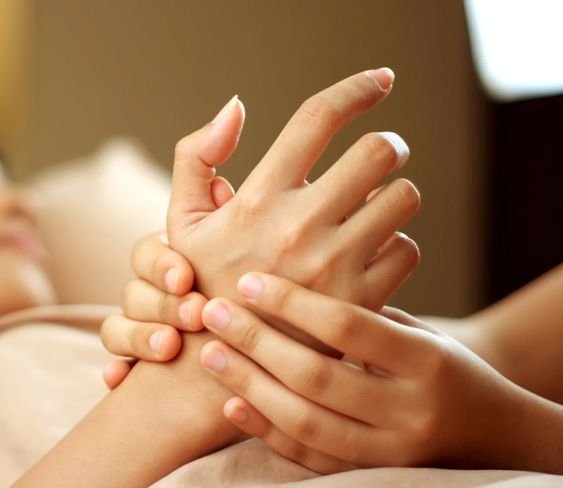Welcome fellow migraine warriors and headache heroes! If you’re reading this, chances are you’ve experienced the debilitating effects of headaches or migraines. Whether you’re dealing with occasional tension headaches or chronic migraines, finding relief can feel like an uphill battle. But fear not, because in this comprehensive guide, I’ll be sharing expert tips and product recommendations to help you alleviate those pesky head pains and regain control of your life.

Understanding Headaches and Migraines
Before diving into the tips and product recommendations, let’s briefly understand what headaches and migraines are. Headaches are a common occurrence and can range from mild discomfort to severe pain. On the other hand, migraines are a neurological condition characterized by intense, throbbing head pain often accompanied by other symptoms such as nausea, sensitivity to light and sound, and visual disturbances.
Tip 1: Use Cold Therapy
By reducing the caliber of arterioles and capillaries, cold stops inflammation, slows nerve conduction and raises the threshold of nociceptors (pain receptors), resulting in pain relief. It is advisable to place a very cold towel over the forehead and eyes. Some may also prefer an ice pack wrapped in a cloth for a longer-lasting cooling effect. The most practical and ergonomic accessory is a freezer-stored gel mask applied to the forehead and eyes.

Tip 2: Stay Hydrated
One of the simplest yet most effective ways to prevent headaches is by staying hydrated. Dehydration can trigger headaches, so make sure to drink plenty of water throughout the day. Invest in a high-quality water bottle that you can carry with you everywhere, like the Hydro Flask or the CamelBak Chute.

Tip 3: Consume a little caffeine
In the form of espresso, filter coffee, mate, tea or soda, caffeine is highly recommended at the start of a migraine episode. As soon as the pain starts, caffeine intake contracts the blood vessels in the brain. This reduction in vascular diameter mechanically diminishes the intensity and duration of migraine pain. The effect will be all the more effective if you’re an occasional coffee drinker!
Another tip if you don’t like caffeine: drink lemonade or homemade orangeade, very cold, on the rocks!

Tip 4: Drink a ginger infusion
When it comes to herbal teas or infusions, ancient remedies recommend consuming ginger. This root has many virtues: anti-inflammatory, anti-nausea and pain-relieving properties. You can consume it fresh, 3 to 4 slices in 30cL of hot water, or in powder form. Chamomile tea is also recommended to prevent or treat migraines. Caution: ginger is not recommended for young children or pregnant women.

Tip 5: Use Essential Oils
Certain essential oils have analgesic and anti-inflammatory properties that can help alleviate headache and migraine symptoms. Experiment with peppermint, lavender, and eucalyptus by diffusing them in your home or diluting them with a carrier oil for topical application. Peppermint narrows blood vessels, helping to relieve migraine attacks, it has an anti-inflammatory and anesthetic action. Try applying a circular massage of peppermint mixed with sweet almond oil to your temples, and forehead at the start of an attack.

Tip 6: Practice Stress Management
Stress is a common trigger for both headaches and migraines. Incorporate stress-relieving activities into your daily routine, such as yoga, meditation, or deep breathing exercises. The Muse 2: The Brain Sensing Headband is an innovative device that provides real-time feedback to help you achieve a calm and focused state of mind, perfect for combating stress-induced headaches.

Tip 7: Maintain a Regular Sleep Schedule
Poor sleep habits can exacerbate headaches and migraines. Aim for at least 7–8 hours of quality sleep each night and try to maintain a consistent sleep schedule, and ensure your body and mind are well-rested, even on weekends. Invest in a comfortable and supportive mattress, and a supportive pillow like for optimal comfort and neck support.

Tip 8: Practice Good Posture
Poor posture can contribute to tension headaches and exacerbate migraine symptoms and neck pain. Be mindful of your posture throughout the day, especially if you spend long hours sitting at a desk. Consider using ergonomic office equipment like an adjustable standing desk or a supportive chair to maintain proper alignment, such as the Herman Miller Aeron Chair or the Pippersong chair (photo), to support proper posture and reduce the risk of headache-inducing muscle strain.

Tip 9: Consider Supplements
Certain supplements have been shown to help prevent or alleviate migraines. Talk to your healthcare provider about incorporating supplements like magnesium, riboflavin (vitamin B2), or coenzyme Q10, very efficient into your daily routine.

Tip 10: Manage Your Diet
Keep a food diary to identify potential triggers and avoid them whenever possible. Avoid common triggers like alcohol, processed foods, and artificial sweeteners. Consider adding magnesium-rich foods like spinach, almonds, and avocados to your diet, as magnesium deficiency has been linked to migraines. You can incorporate a daily magnesium supplement like Natural Vitality Calm Magnesium Powder to help prevent migraine attacks.

Tip 11: Stay Active
Regular exercise can help reduce the frequency and severity of headaches and migraines. Aim for at least 30 minutes of moderate exercise most days of the week. Choose low-impact activities like walking, swimming, pilate, yoga, or cycling, and listen to your body to avoid overexertion.

Tip 12: Chewing on a pencil
According to an English study, chewing on a pencil can relax the muscles and joints of the temples and mandible that contract during an attack. Dysfunction of the temple and mandible joints is caused by a displacement of the cartilage disc. This displacement causes the jaw to tighten, leading to inflammation and headaches.

Tip 13: Try Acupressure or Massage
Acupressure is a non-invasive technique that involves applying pressure to specific points on the body to relieve pain and promote relaxation, making them effective tools for managing headaches and migraines. Invest in a portable acupressure mat like the ProsourceFit or treat yourself to a professional massage from time to time.

Tip 14: Soak Your Feet in Hot Water
Soaking your feet in hot water is a simple yet powerful remedy for alleviating headaches and migraines. The heat from the water helps to dilate blood vessels, improve circulation, and relax tense muscles, particularly those in your feet and legs. This can help reduce overall tension in your body and alleviate headache symptoms.
To enjoy the benefits of foot soaking, fill a basin or foot spa with comfortably hot water. You want the temperature to be warm enough to provide relief, but not so hot that it causes discomfort. Add a few drops of essential oils like lavender or peppermint for an extra soothing experience.

Tip 15: Seek Professional Help
If you’re struggling to find relief from your headaches or migraines, don’t hesitate to seek help from a healthcare professional. They can help identify underlying causes and develop a personalized treatment plan tailored to your needs.

Say goodbye to the agony of headaches and migraines with these expert tips and top-notch product recommendations. By incorporating hydration, stress management, sleep hygiene, dietary changes, posture correction, acupressure, and essential oils into your daily routine, you can take proactive steps towards reducing the frequency and severity of your symptoms. Don’t let headaches hold you back any longer – invest in your health and well-being today!
xx Ines
➡️ 🌸 CHECK OUT ALL MY FAVORITE PRODUCTS ON MY AMAZON STORE 🌸 ⬅️
FTC: This post has some affiliate links sprinkled in. What this means is, if you click through and buy something, I’ll get a tiny commission. Don’t worry, it won’t cost you any extra.
Thanks so much for your support! As always, every thought and opinion shared here is 100% mine 🫶









